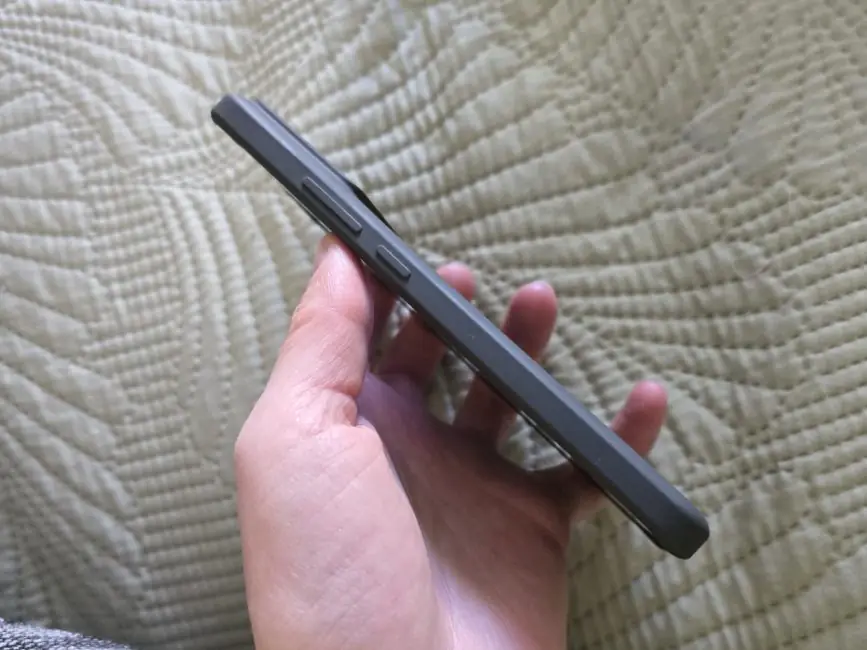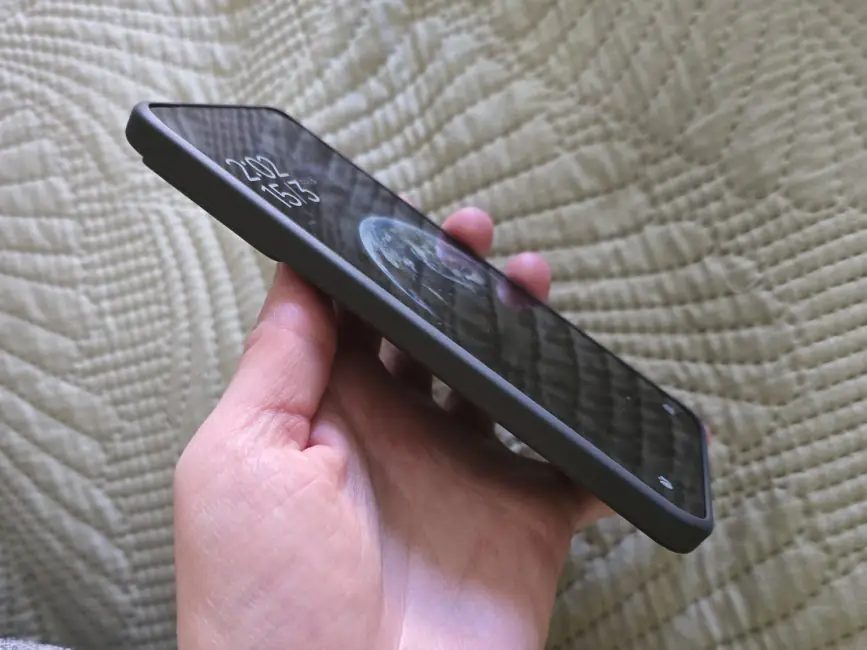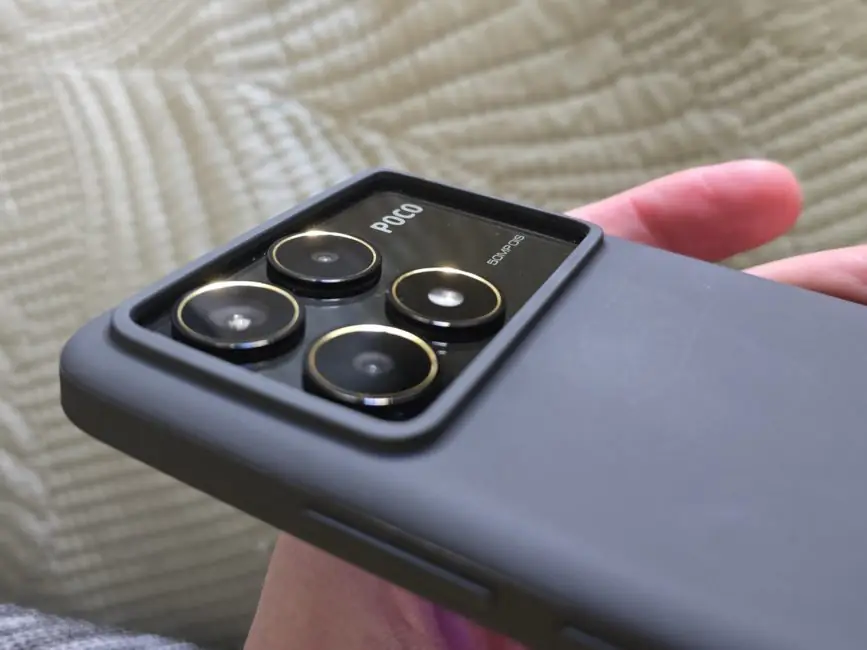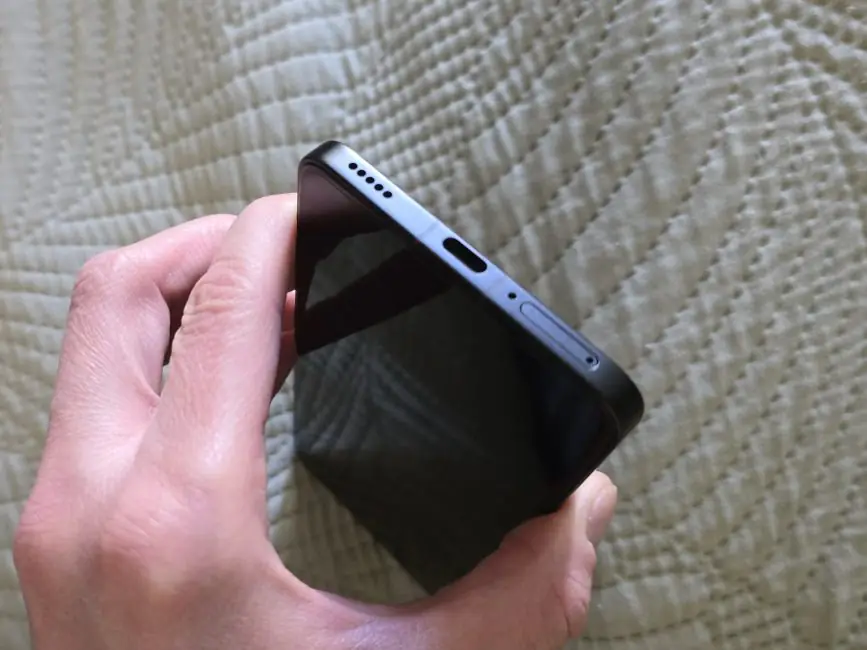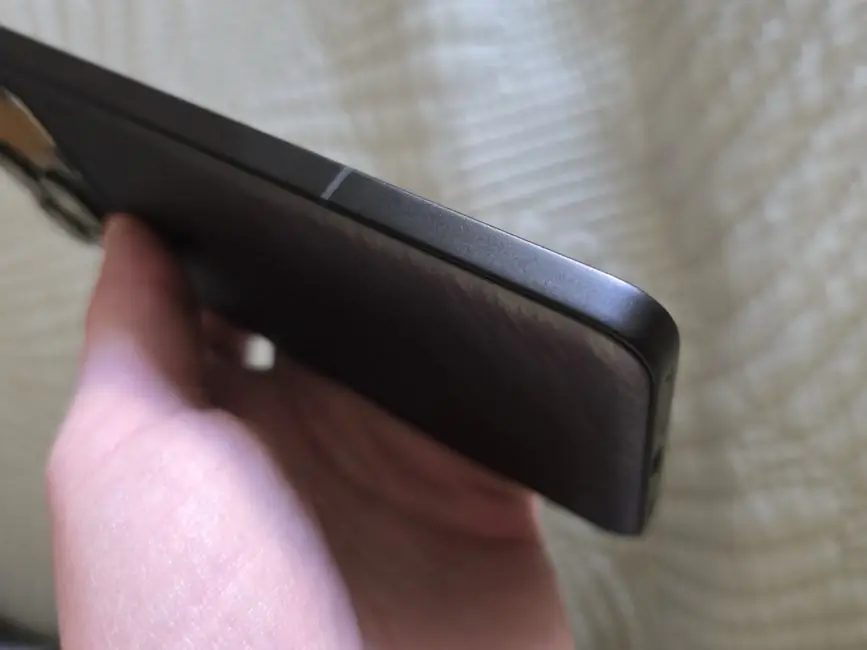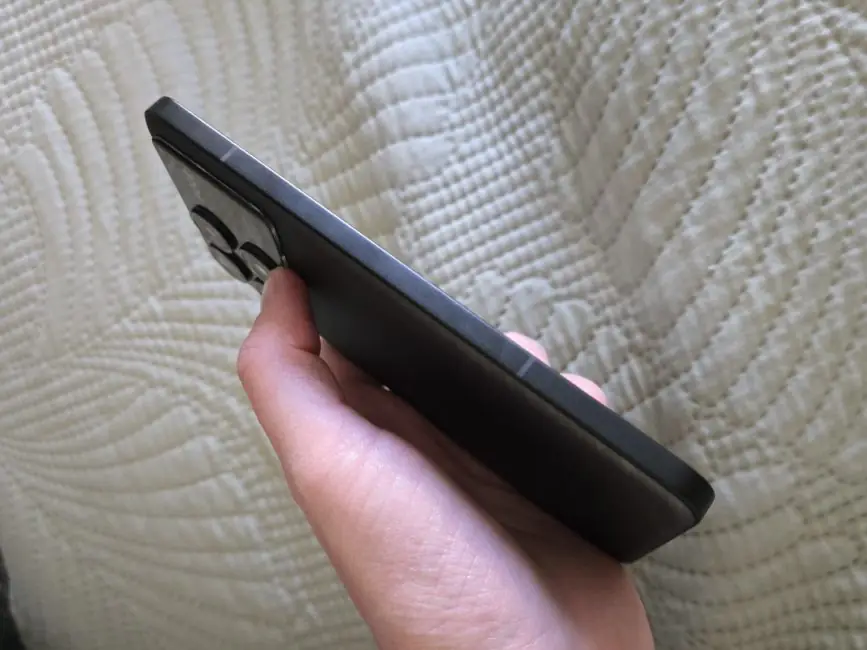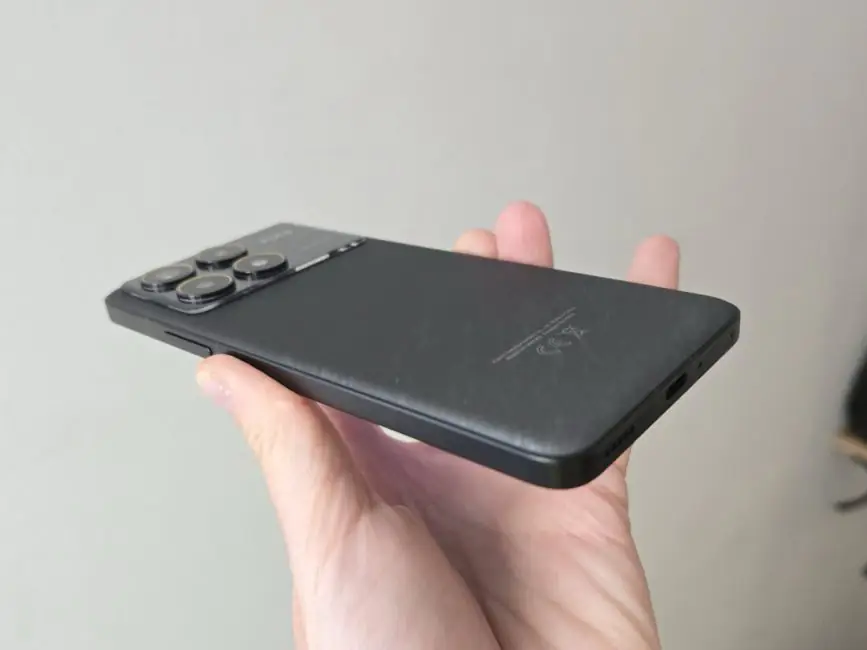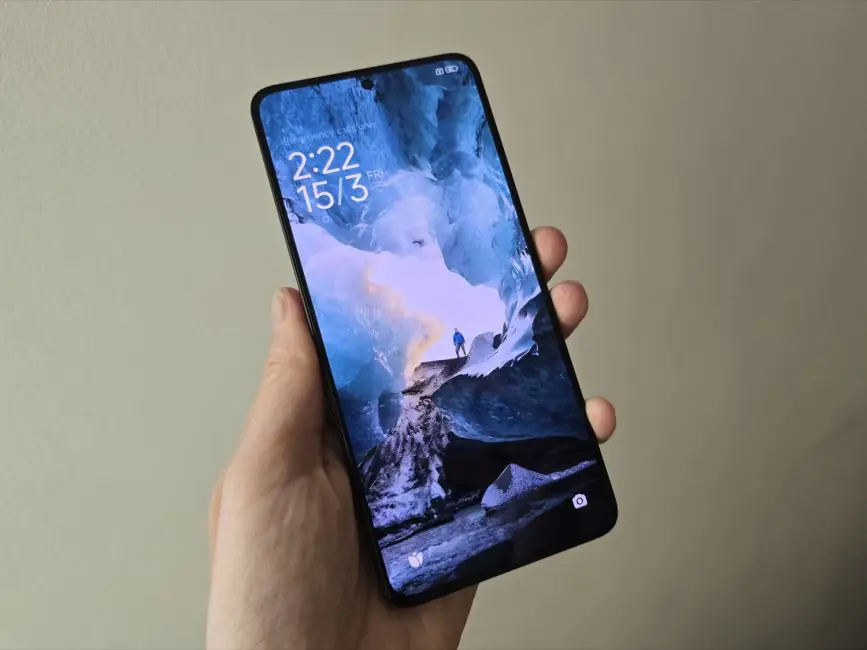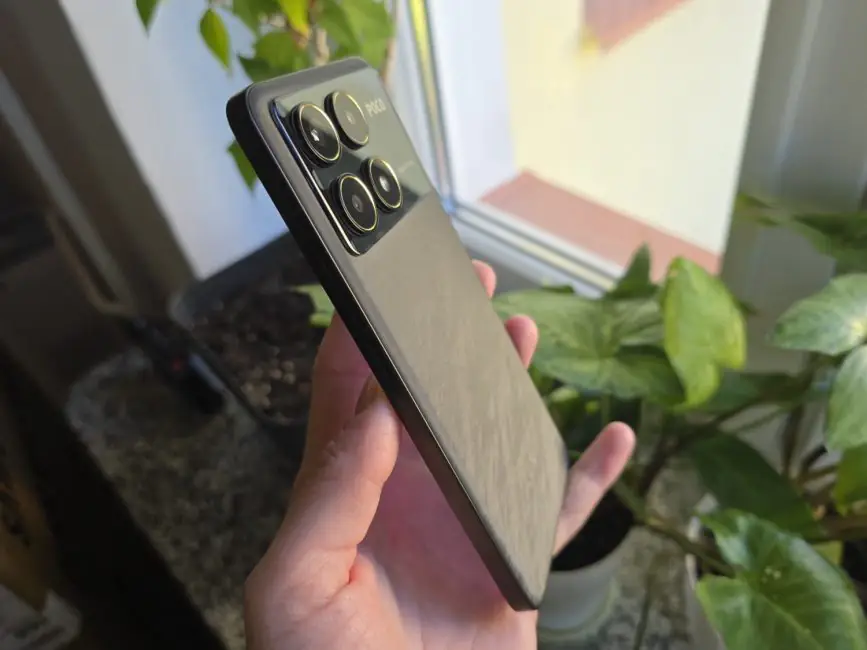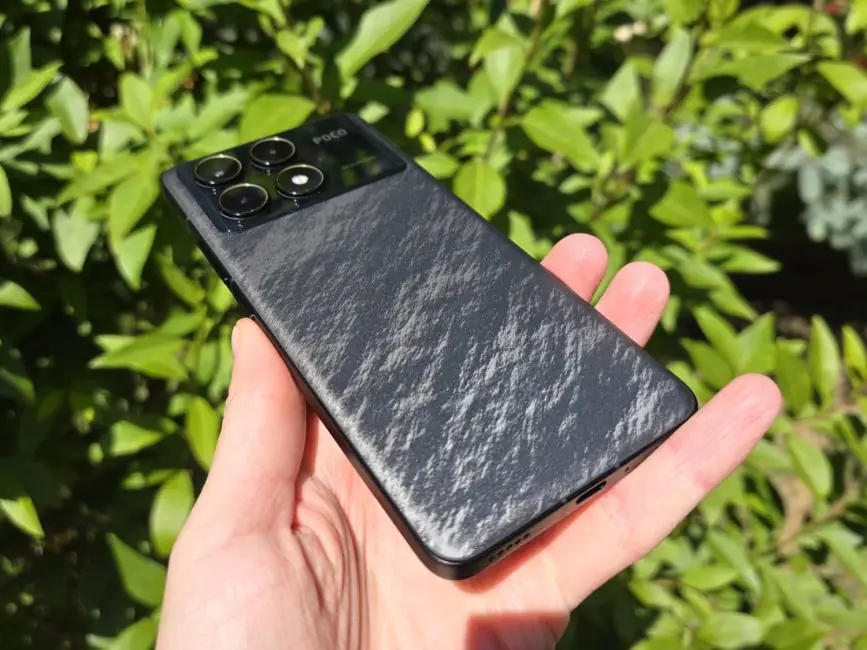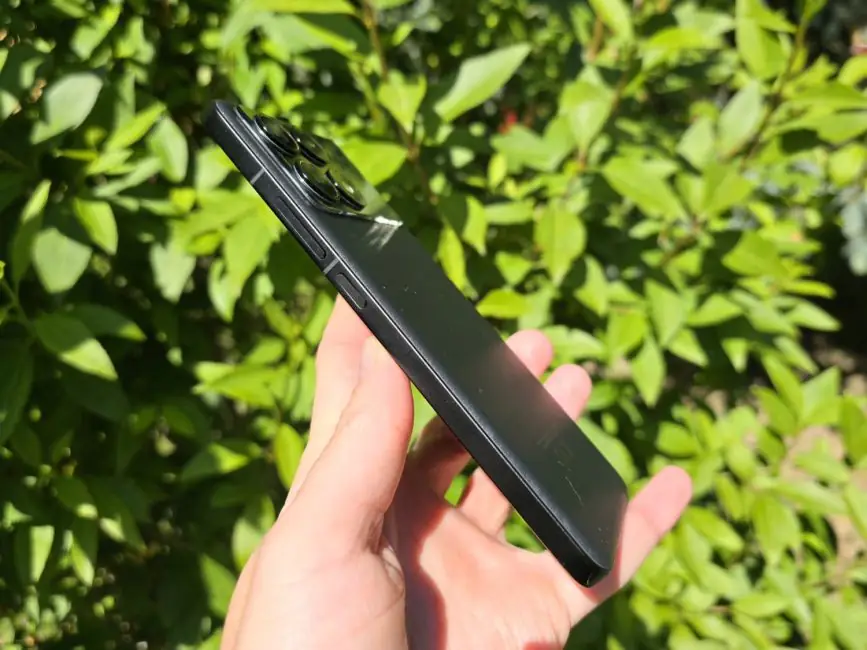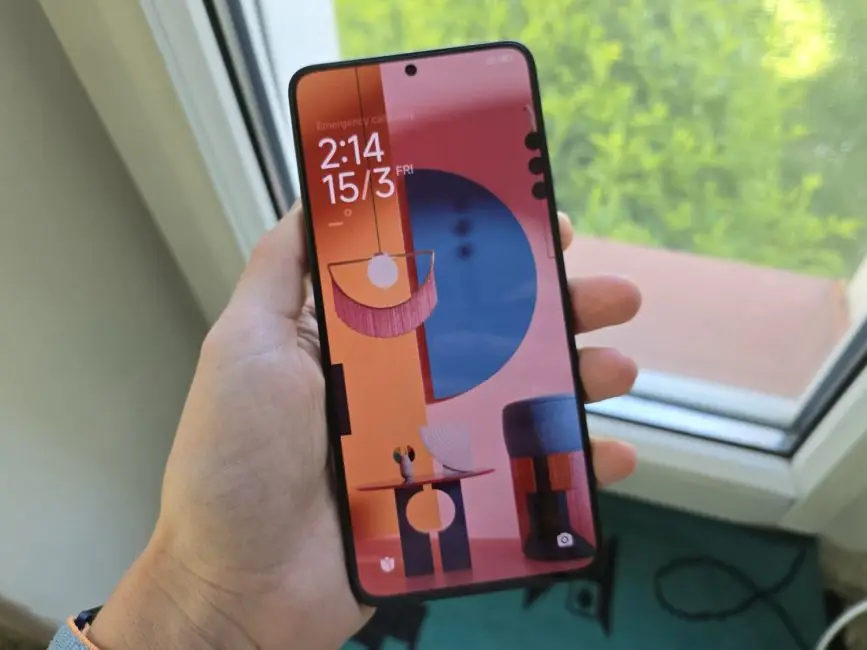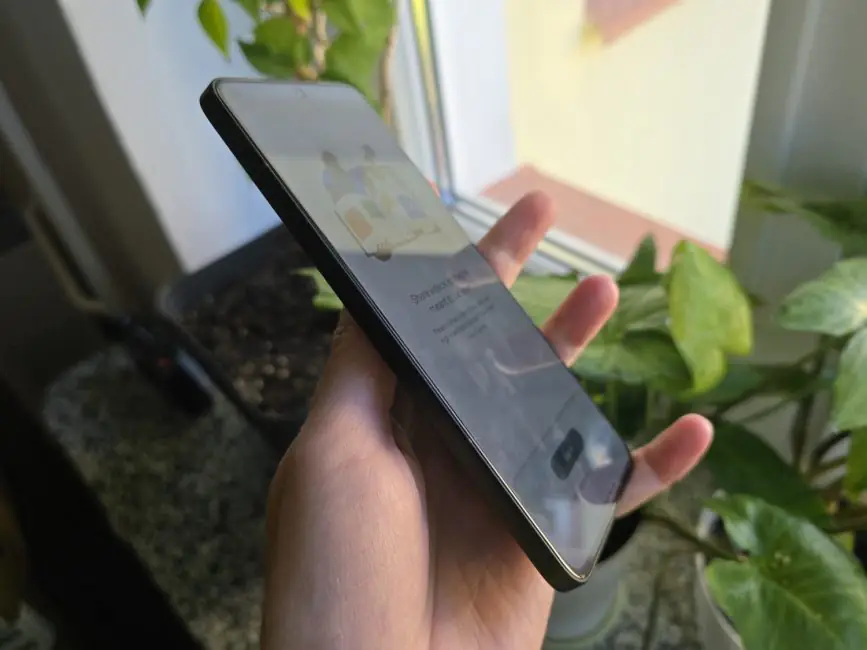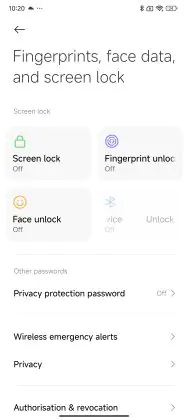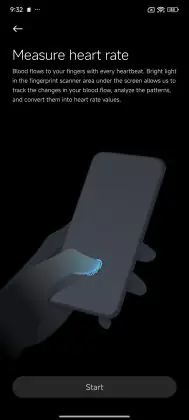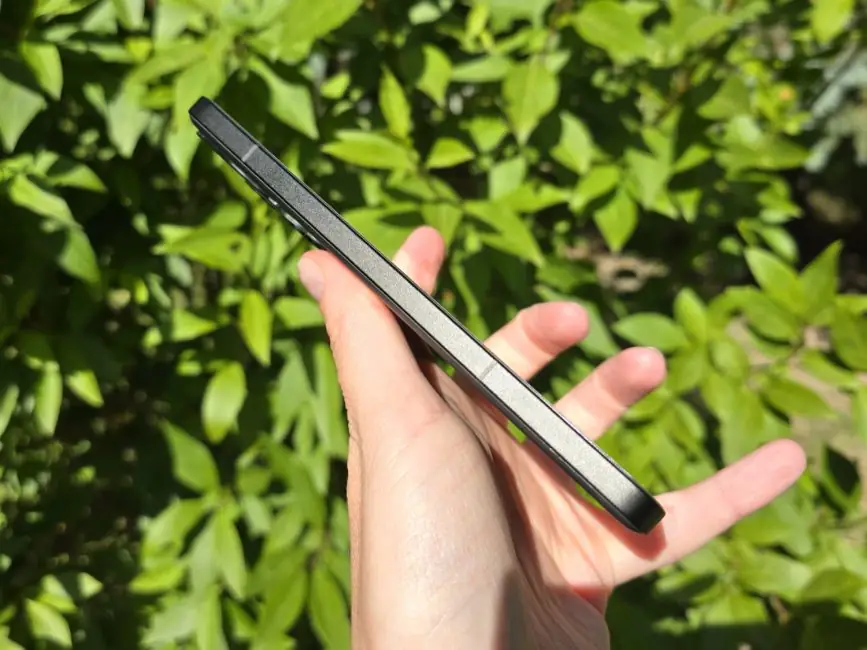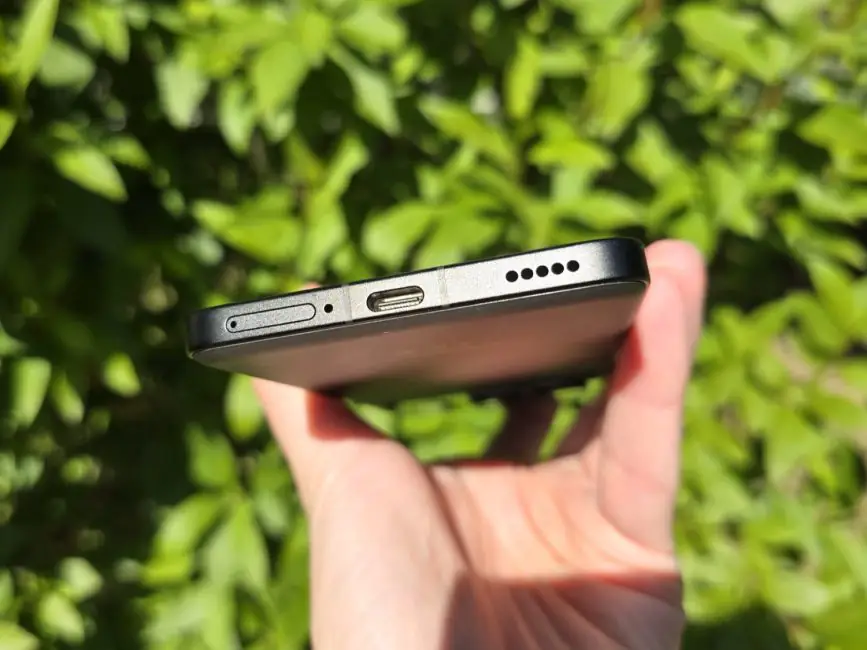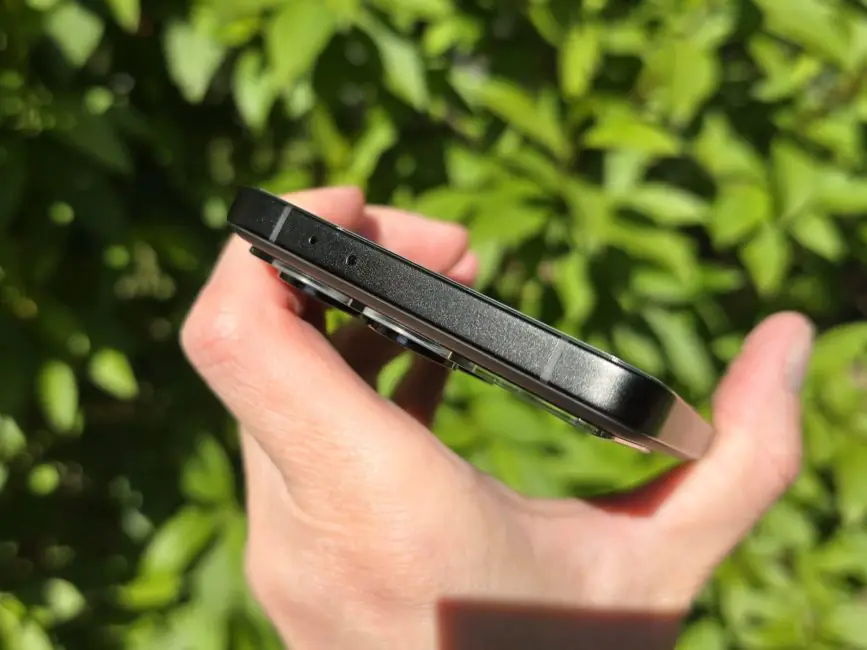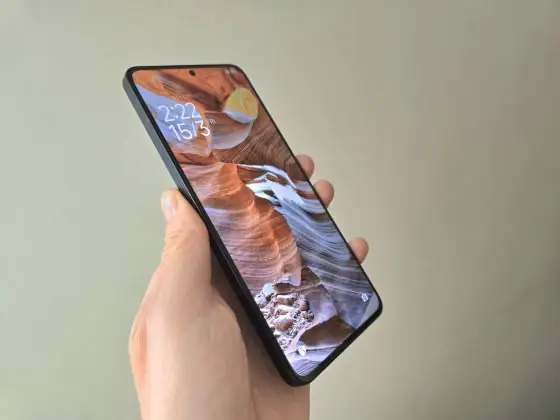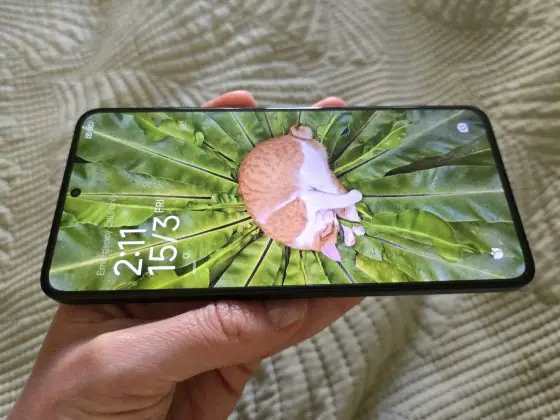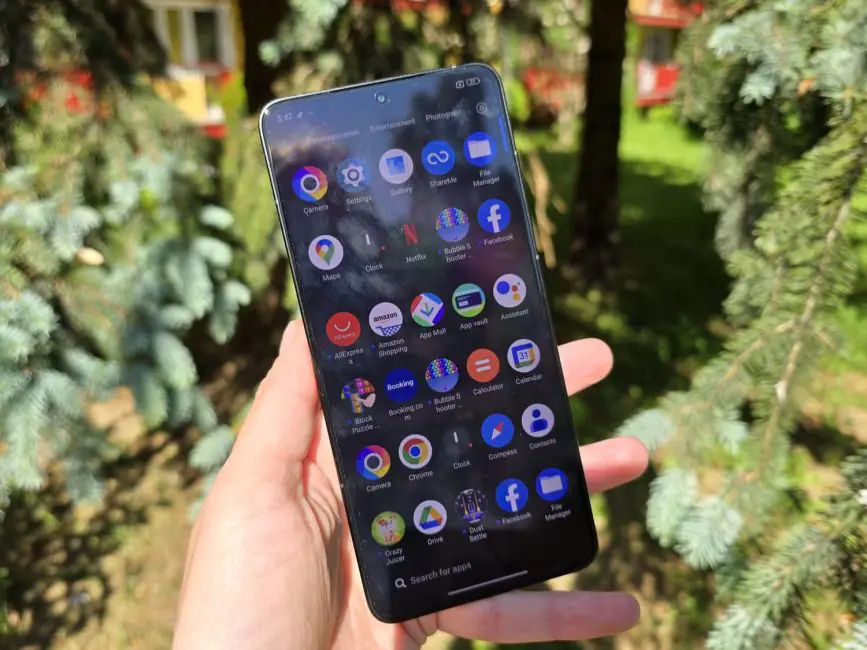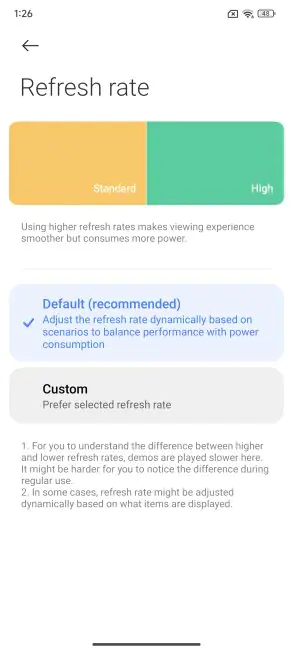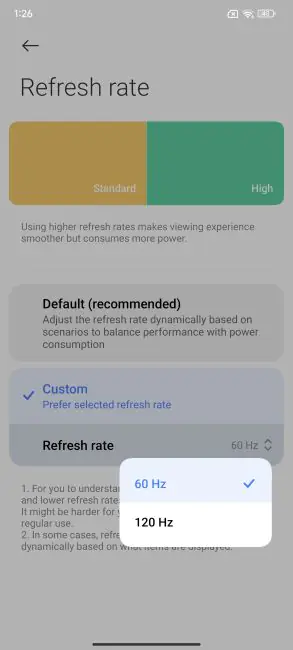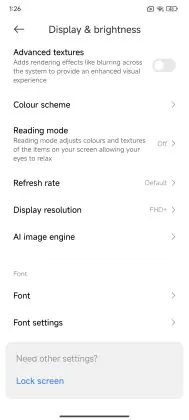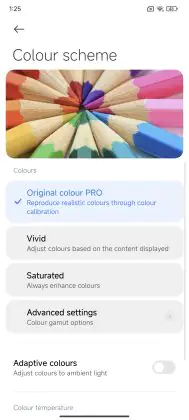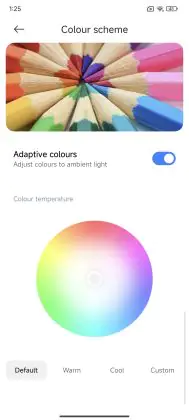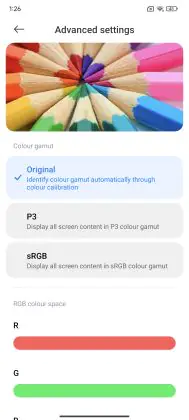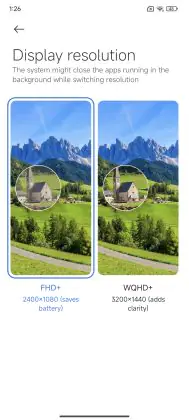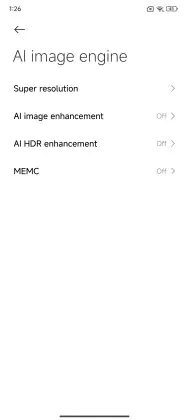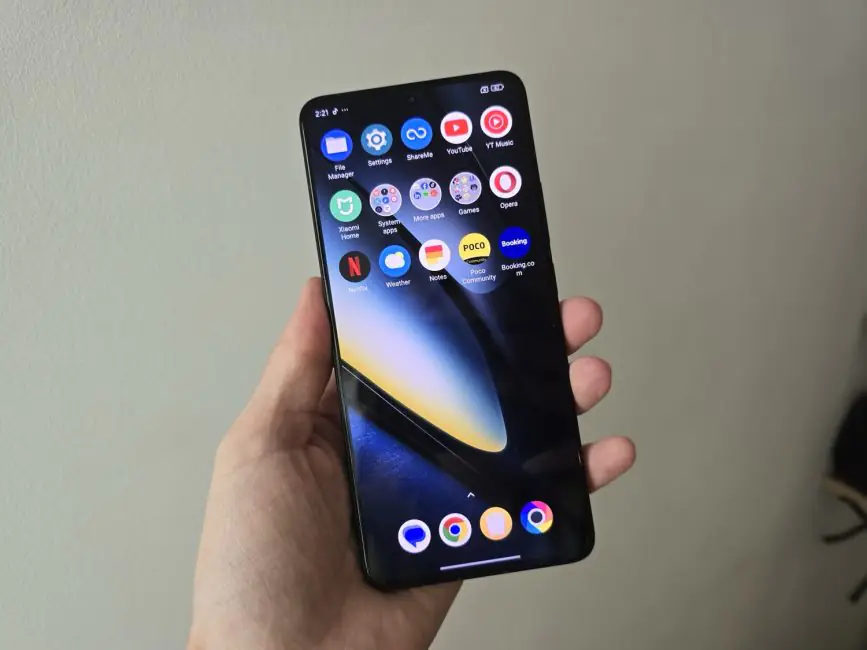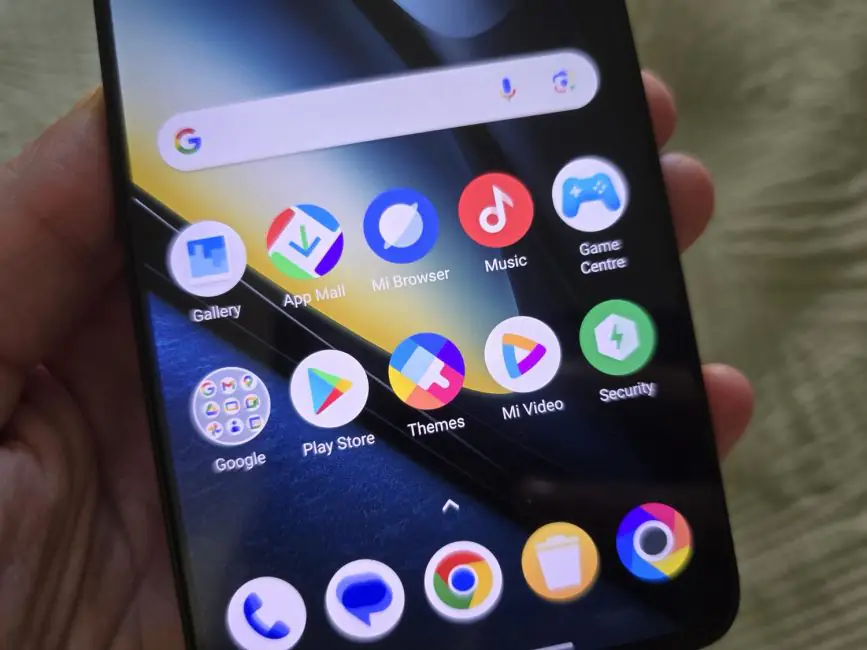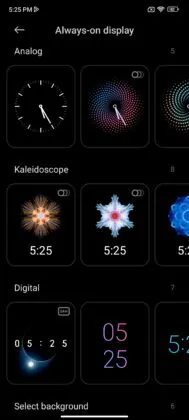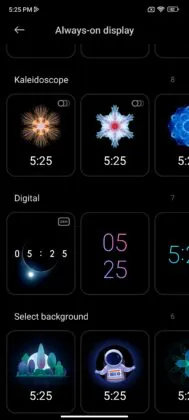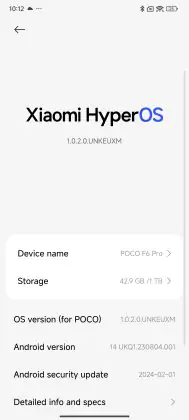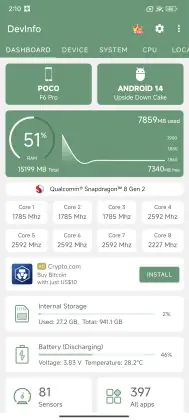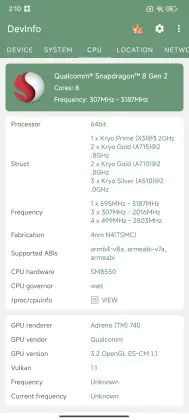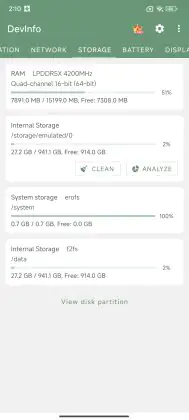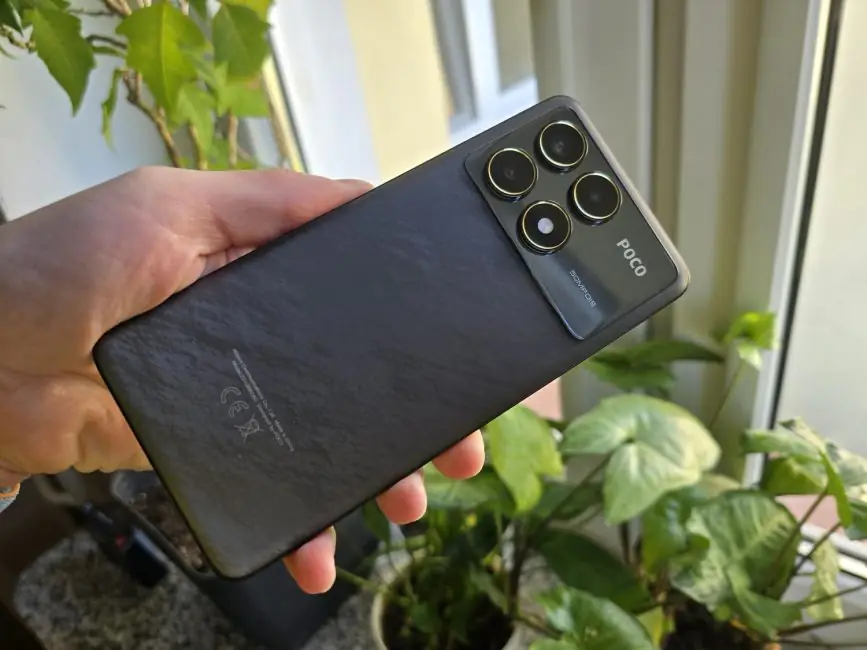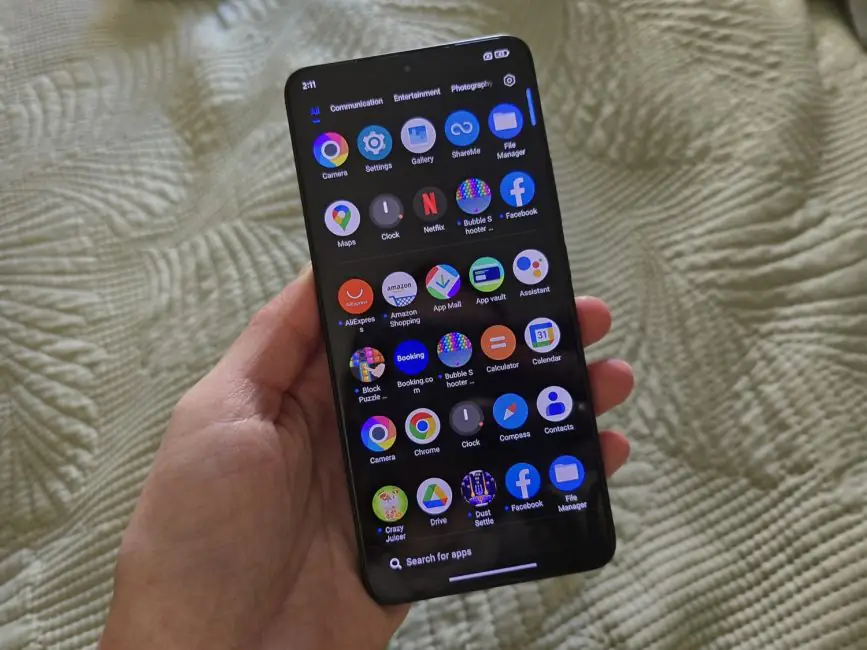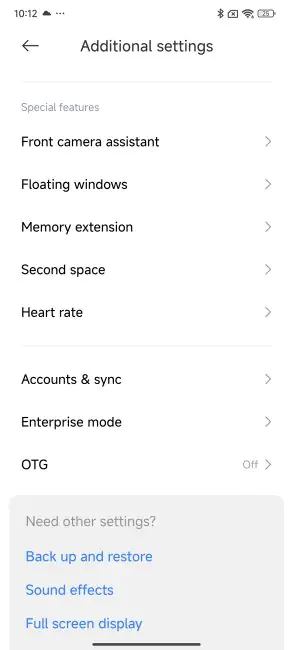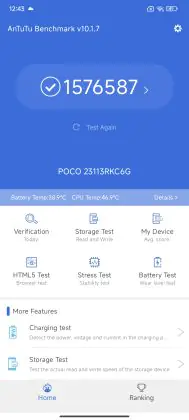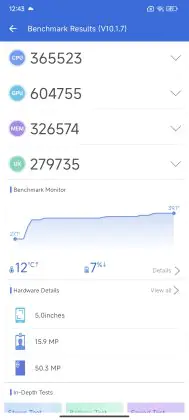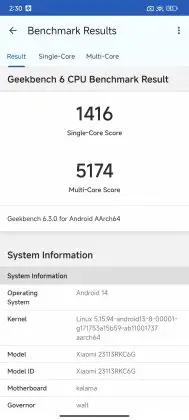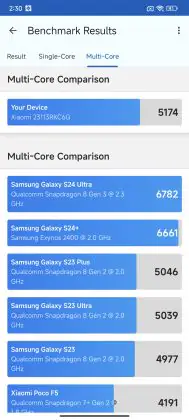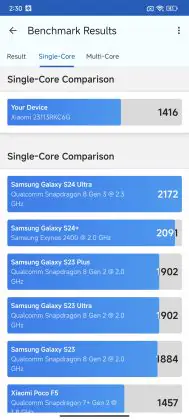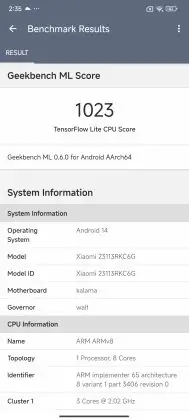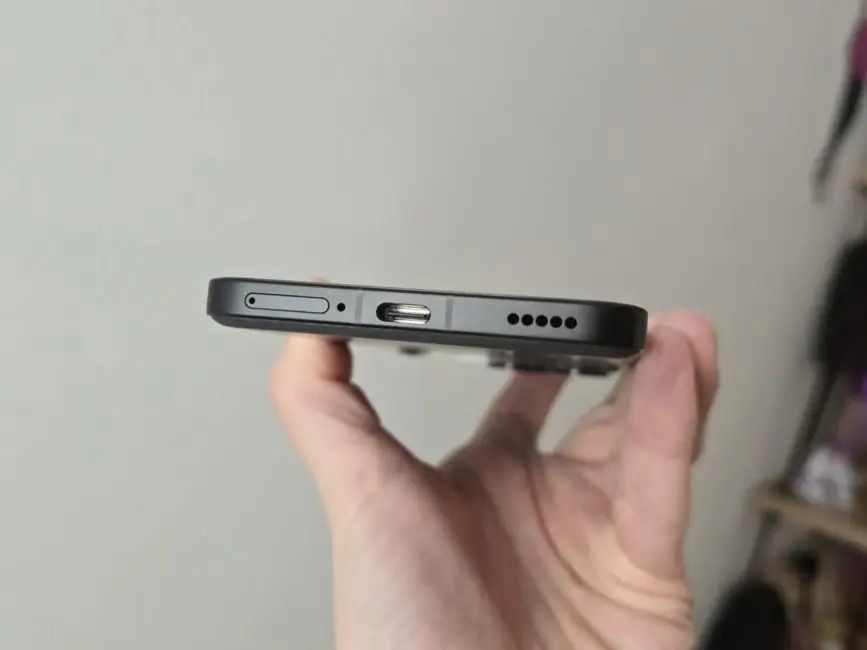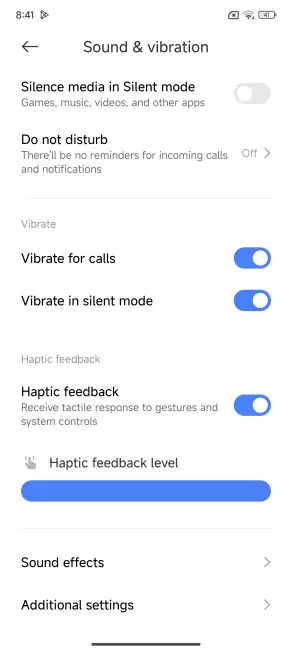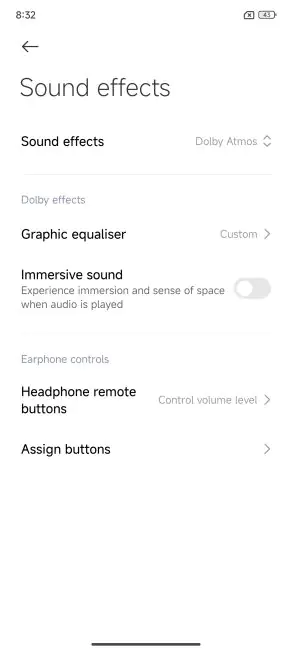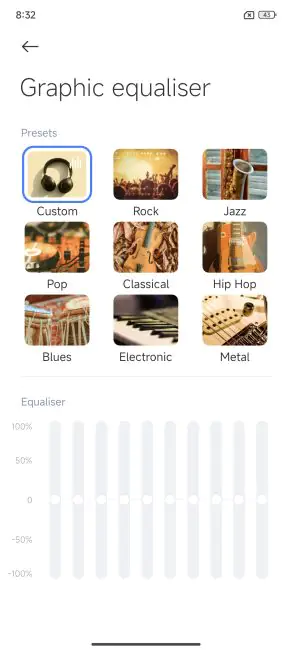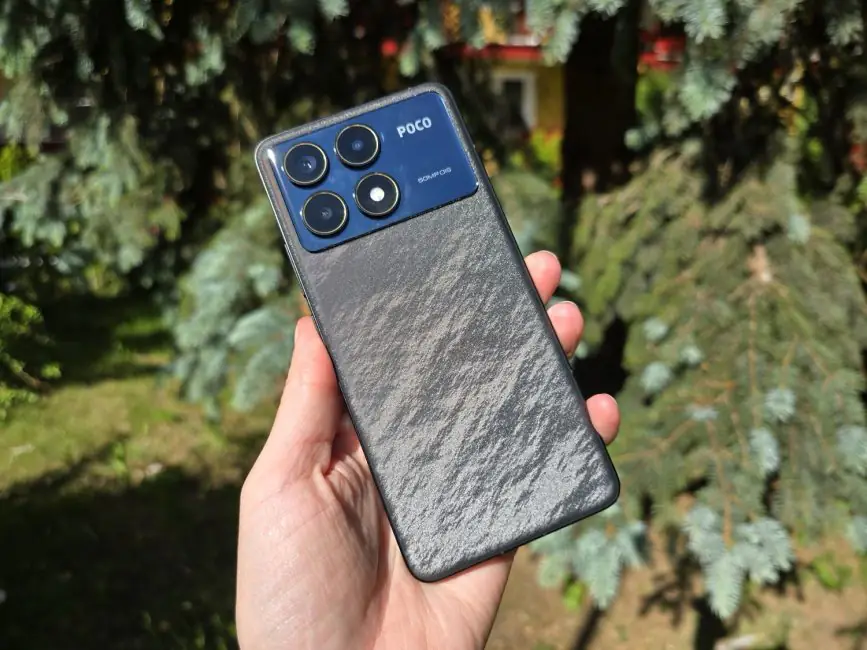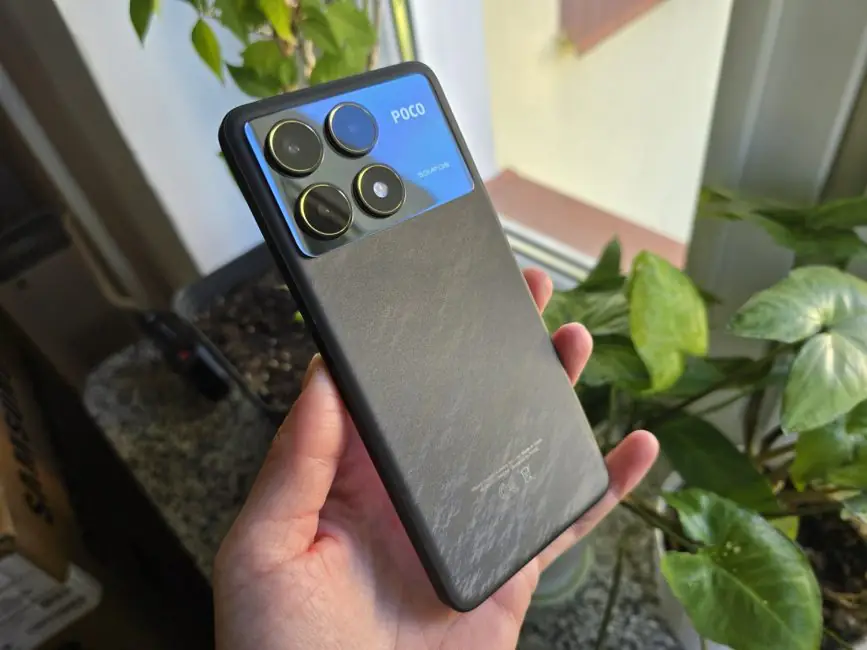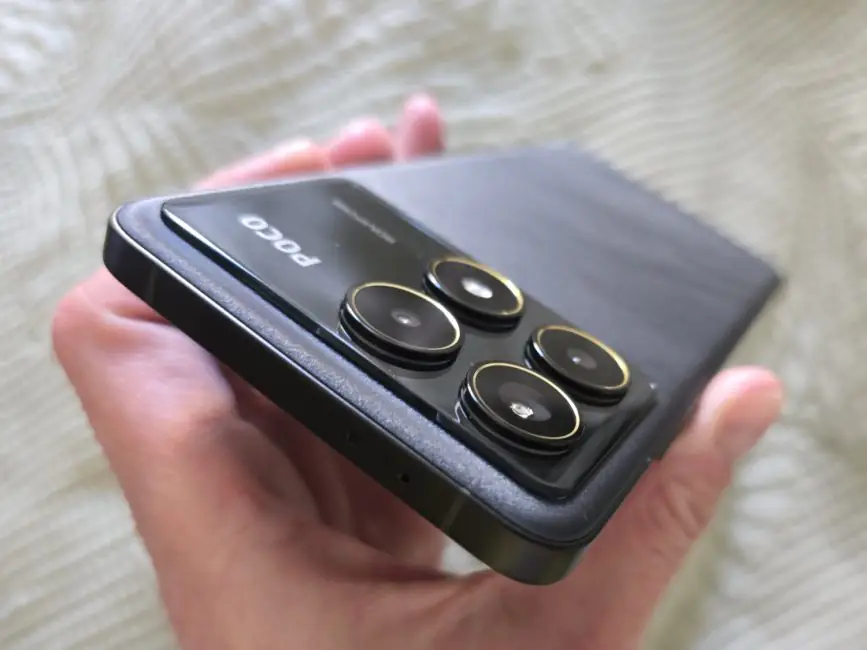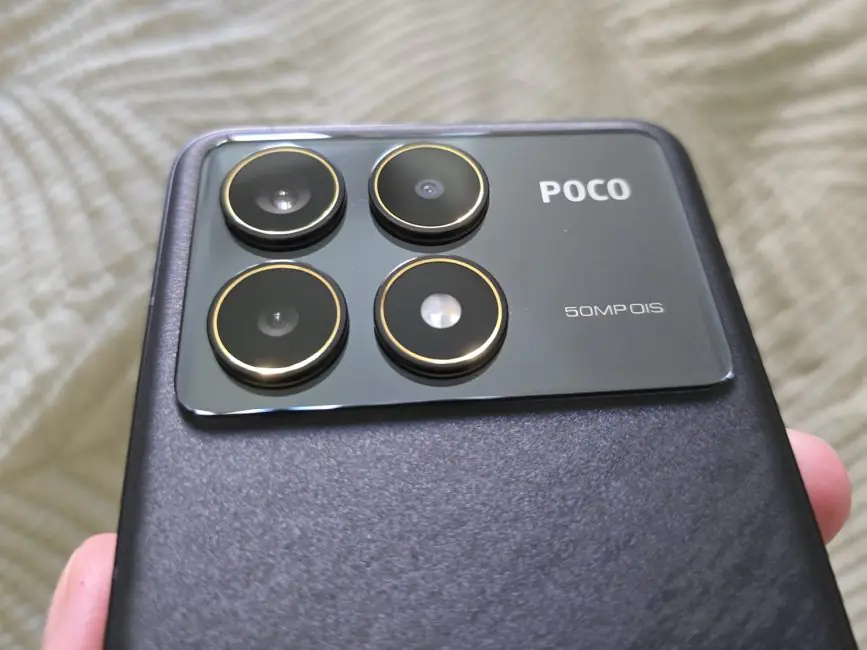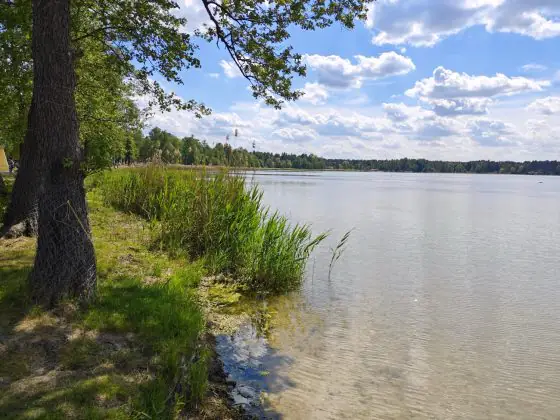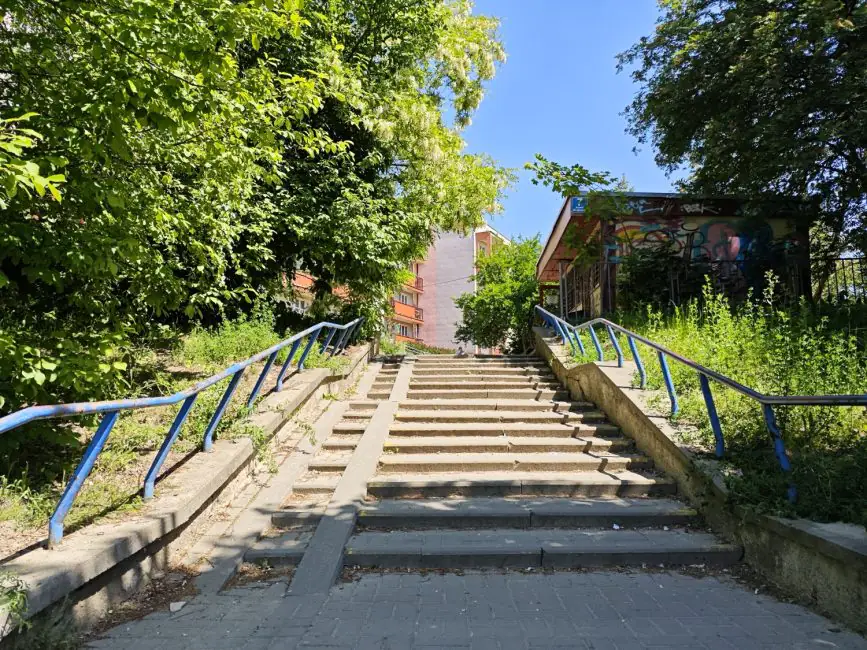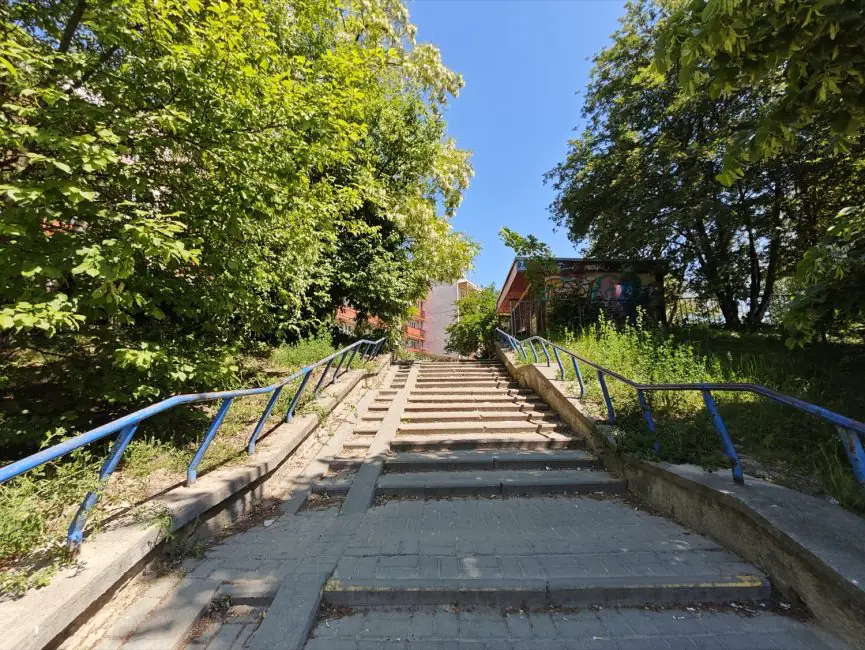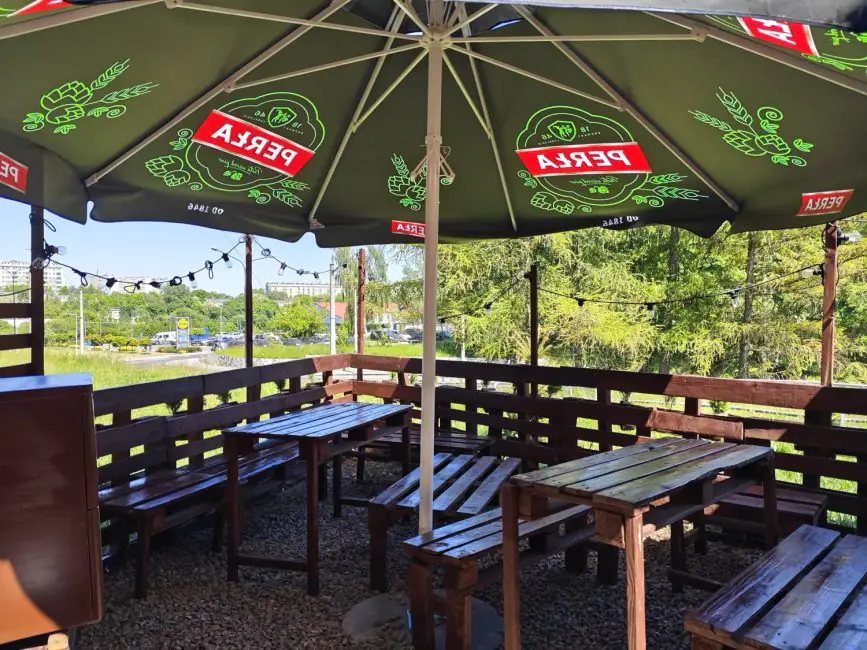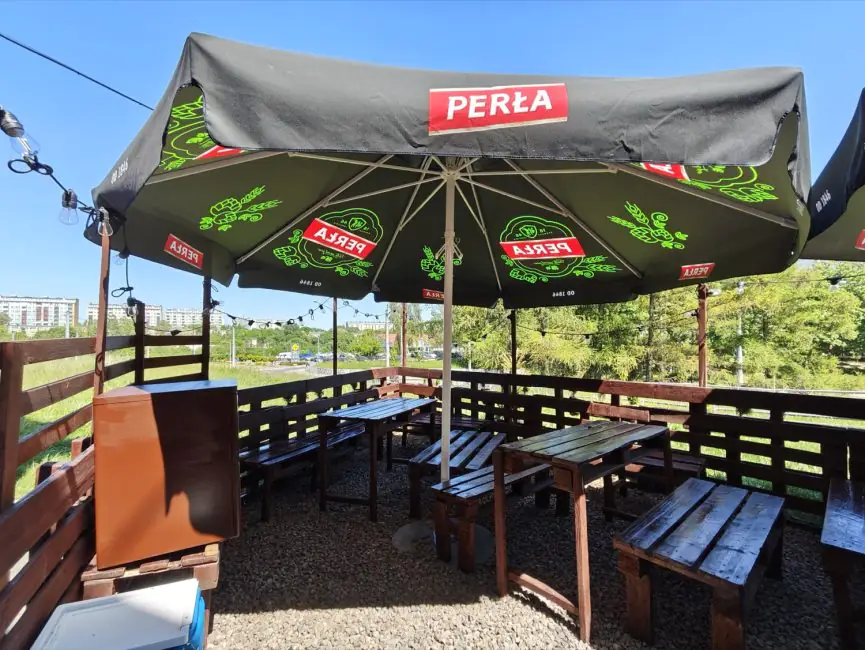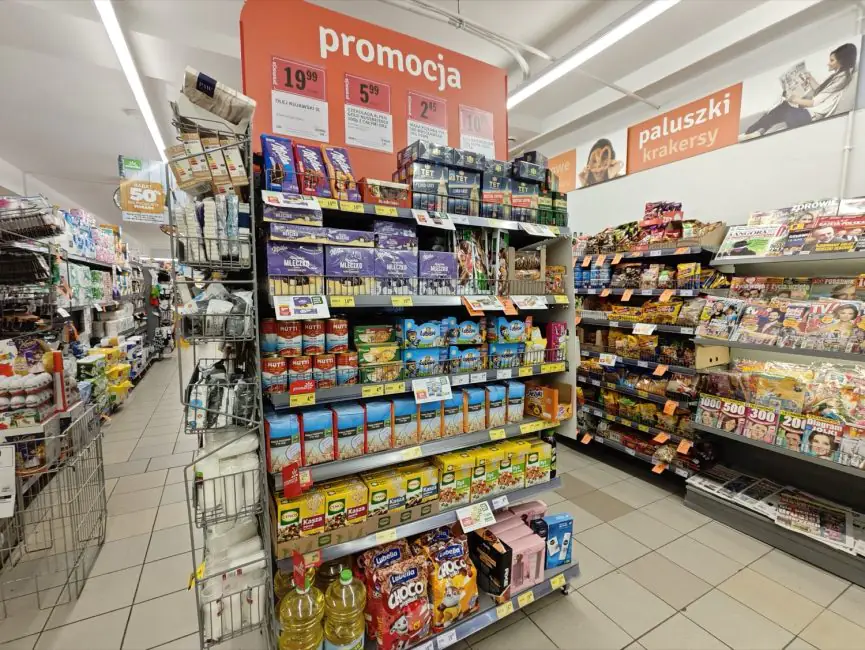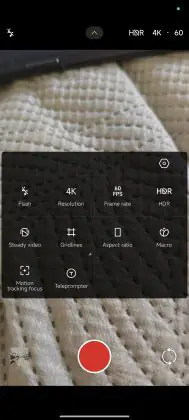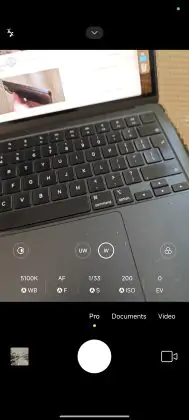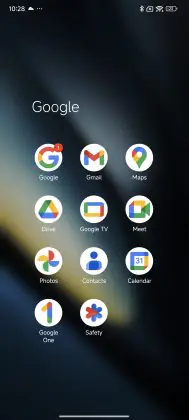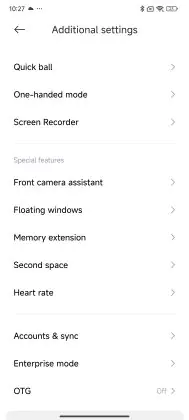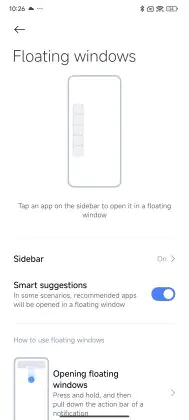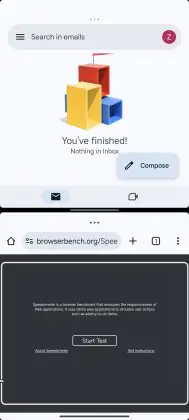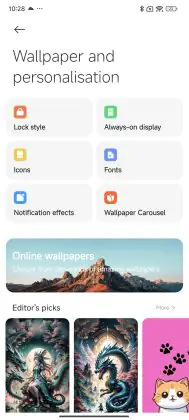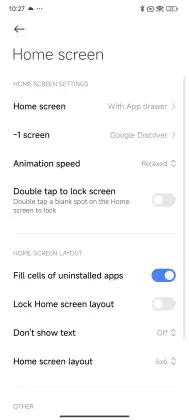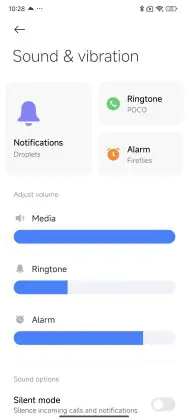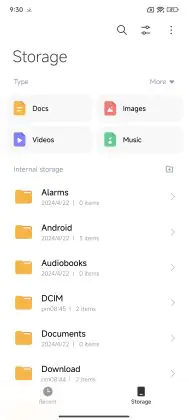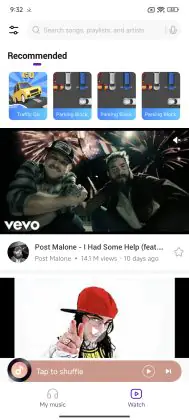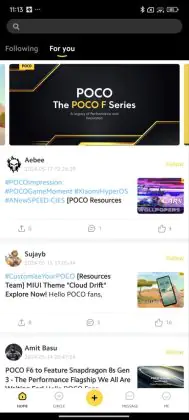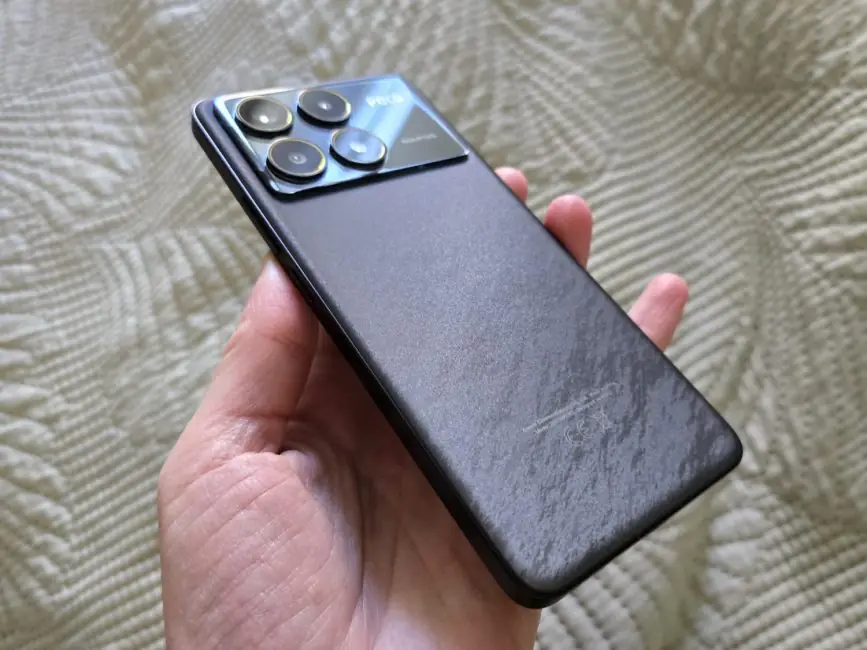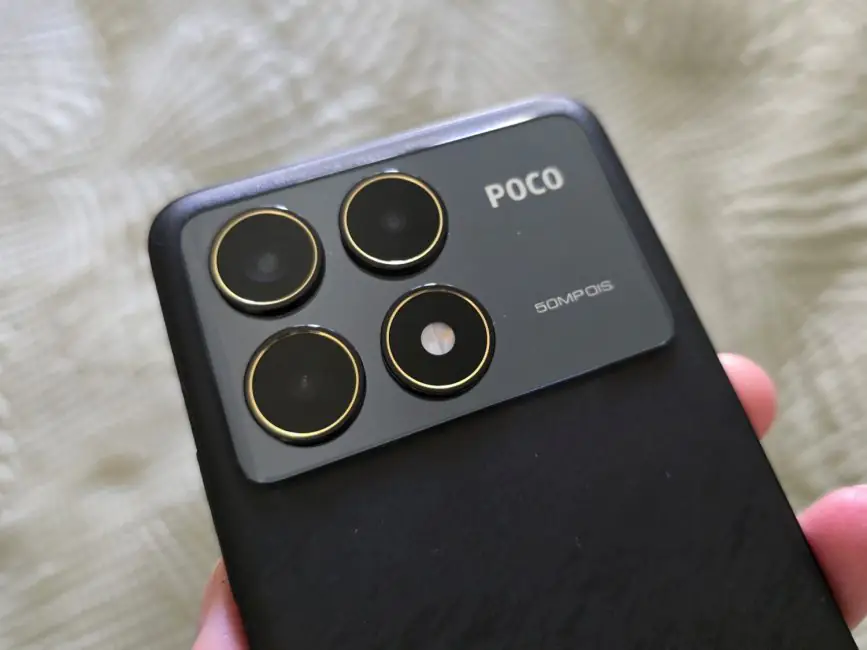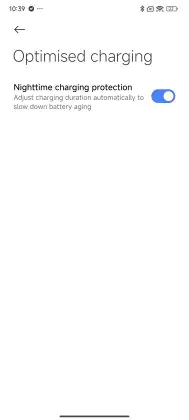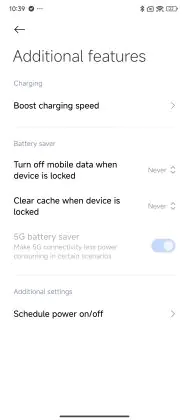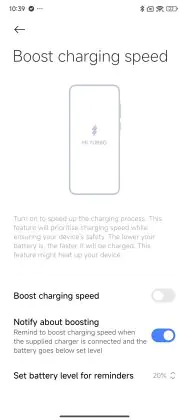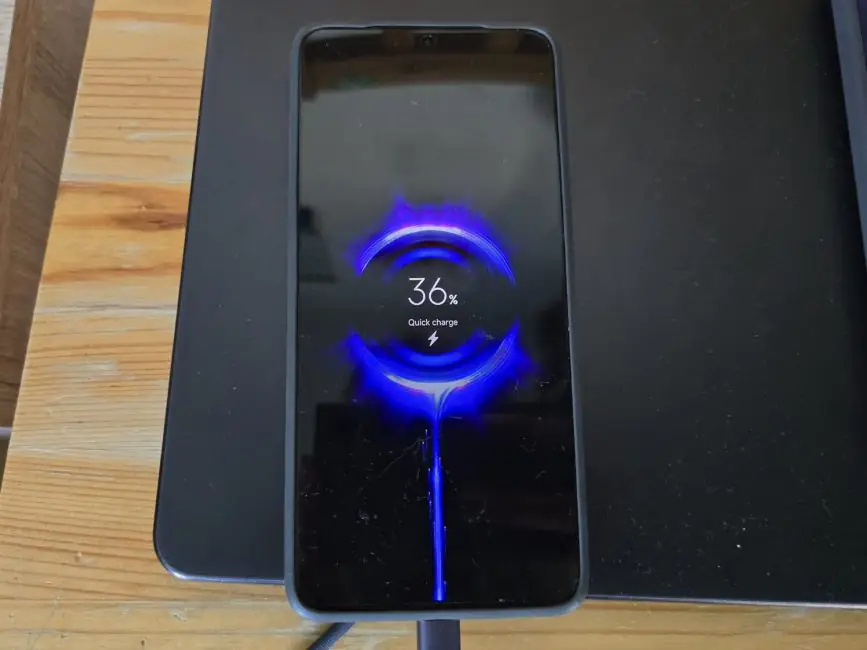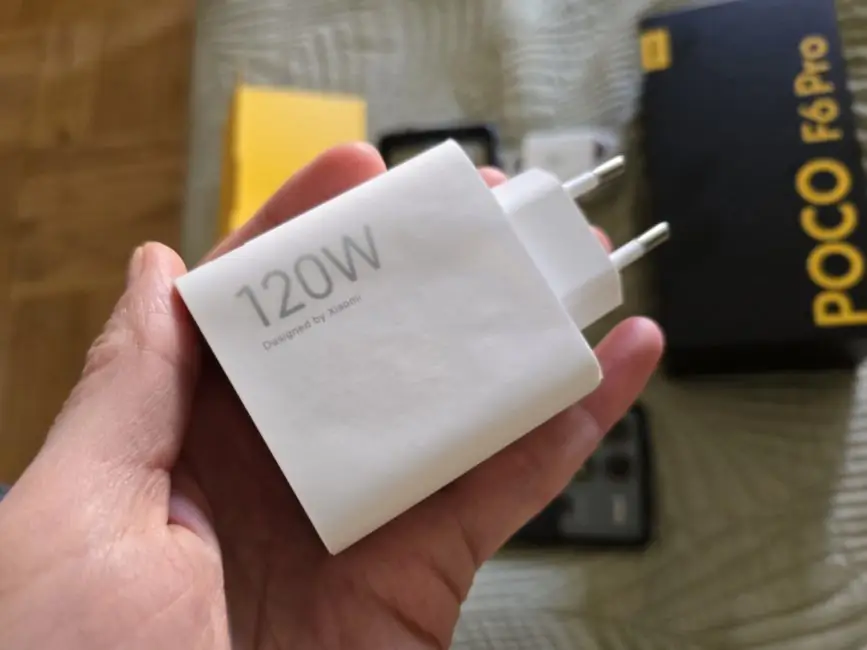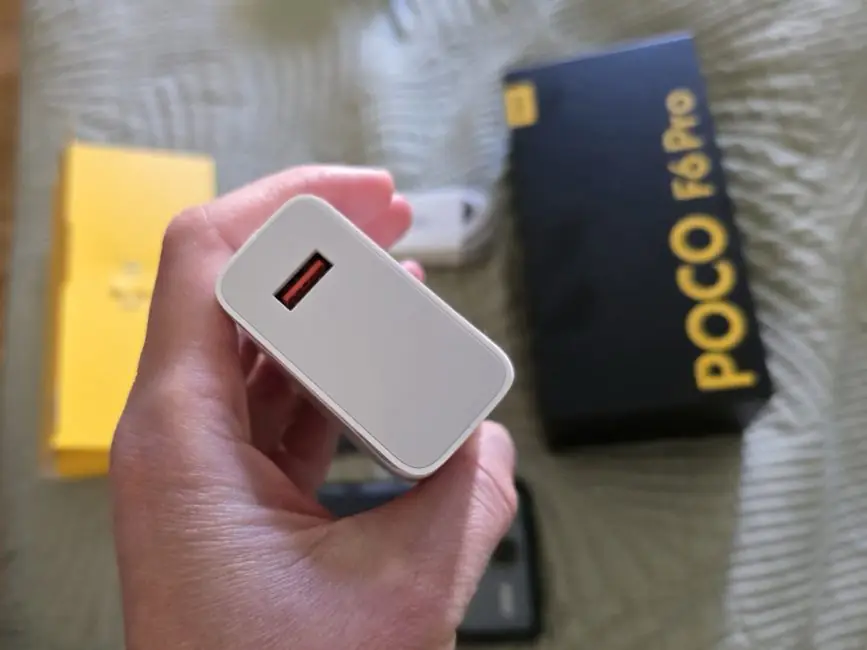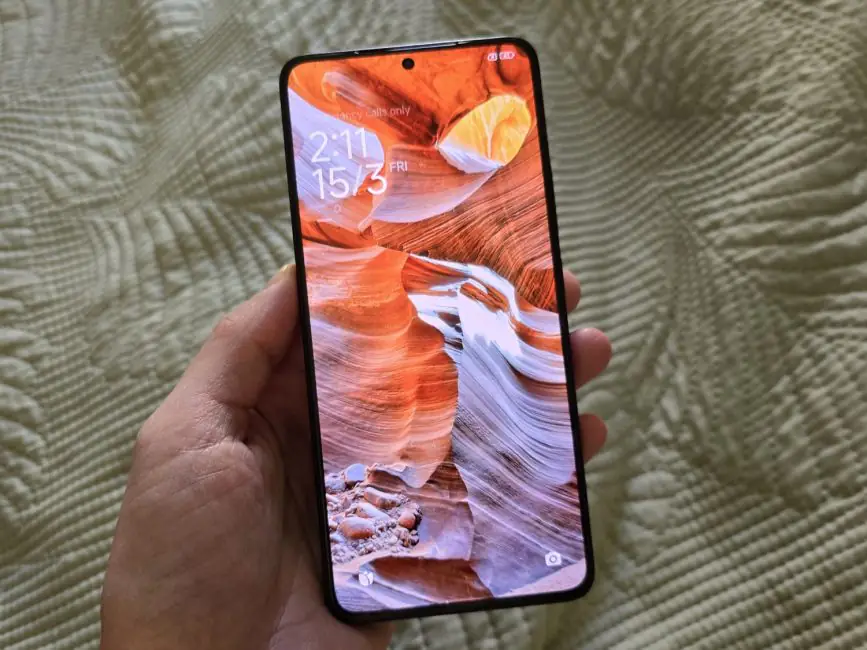© ROOT-NATION.com - Use of content is permitted with a backlink.
In the scorching heat of Dubai, the hotly anticipated announcement of the new POCO F series smartphones took place. We got our hands on the new devices even before the official presentation, so we’re eager to share our impressions! The review of the lower-end POCO F6 is already on the site, but here we’ll introduce the most powerful POCO of 2024 — the F6 Pro.

Market positioning and price
Long gone are the days when POCO had only one model in its lineup (who remembers the hit F1?). Now the collection has grown and every year two devices of the budget M series, two devices of the “medium” X series (we recommend our X6 and X6 Pro reviews) are released, and now it’s time for the flagship POCO F6 / F6 Pro models. Every year, the F-series devices set the market on fire, offering top performance, gorgeous screens, and adequate cameras for reasonable prices. In general, typical “flagship killers”.
What are the differences between the F6 and F6 Pro? First and foremost, their appearance—they look entirely different, almost as if they aren’t “siblings.” Additionally, they differ in body materials, screen specifications, chipsets, cameras, and charging power. The POCO F6 Pro runs on the time-tested Qualcomm Snapdragon 8 Gen 2 processor, while the lower-end model features the Qualcomm Snapdragon 8s Gen 3 chipset. In terms of performance, they are similar, though the 8s is slightly more energy-efficient, while the Gen 2 offers a more powerful GPU.
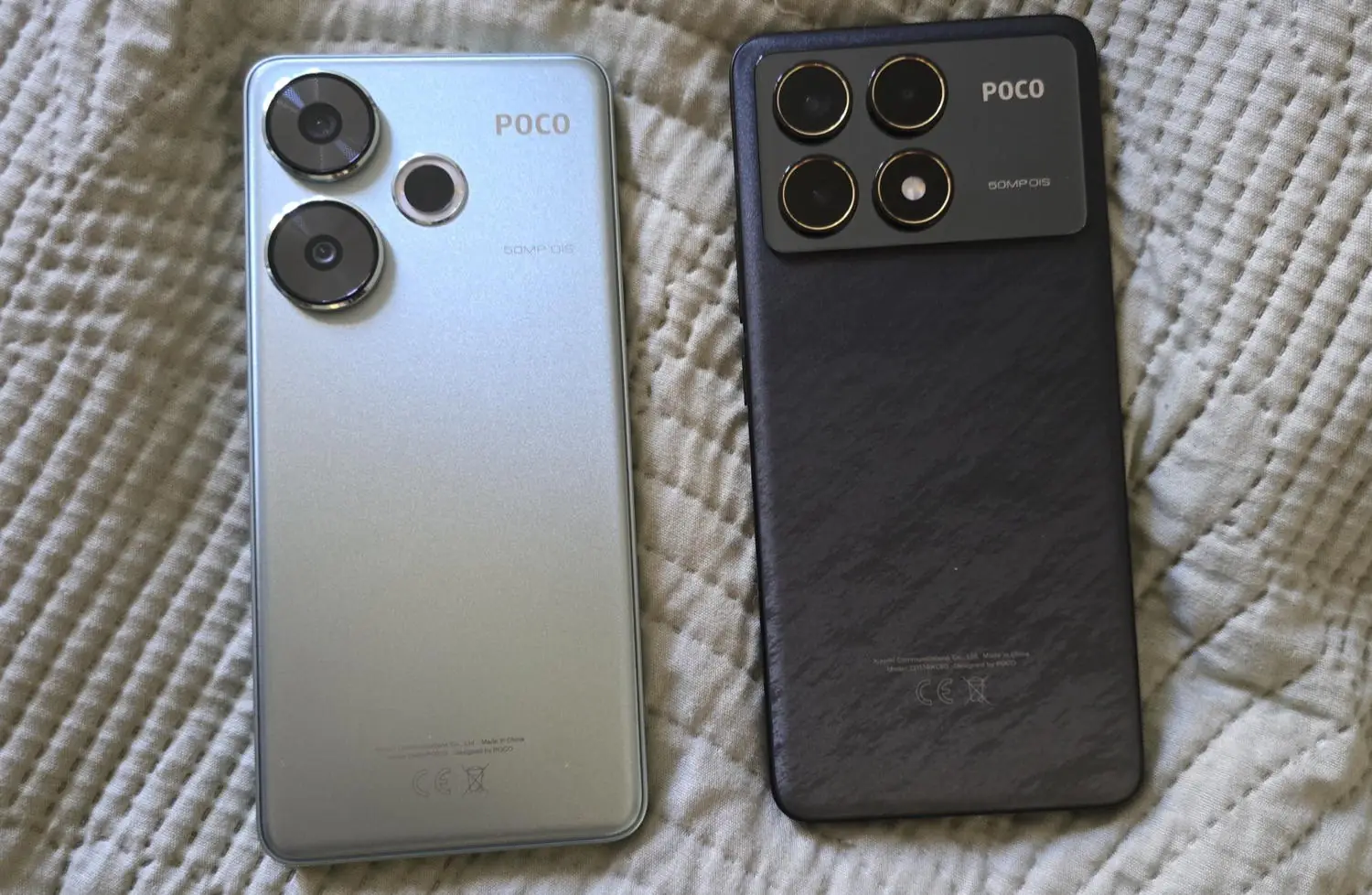
Both models feature 6.67-inch OLED screens with a 120Hz refresh rate, but the “Pro” version stands out with an incredible brightness of 4000 nits and higher resolution. The cameras are identical, but the F6 Pro includes an additional macro module and the capability to record in 8K. There are also differences in memory versions, and the “Pro” version excels in charging power with 120W (compared to the standard F6’s 90W). You can compare the specifications here.

We are testing the top variant with 16GB of RAM and 1TB of storage. There are also more affordable versions available with 12GB of RAM and either 256GB or 512GB of storage.

As for the colors, currently, black and white versions are available. We received the black variant for testing. The prices are already known:
- 12/256 GB – $449
- 12/512 GB – $499
- 16 ГБ / 1 TB – $579

POCO F6 Pro specifications
- Operating system: Android 14, HyperOS shell
- Chipset: Qualcomm SM8550-AB Snapdragon 8 Gen 2 (4 nm) – octa-core (1×3.2 GHz Cortex-X3 and 2×2.8 GHz Cortex-A715 and 2×2.8 GHz Cortex-A710 and 3×2.0 GHz Cortex-A510)
- Video card: Adreno 740
- Display: 6.67″, Flow AMOLED, 68 billion colors, 120 Hz, Dolby Vision, HDR10+, 4000 nits, 1440×3200 pixels, ~526 ppi, 20:9 aspect ratio, 3840 Hz PWM Dimming, Corning Gorilla Glass 5
- Memory options: 12/256 GB, 12/512 GB, 16 GB/1 TB, UFS 4.0 drive type, LPDDR5x RAM type
- Cameras:
- Main module 50 megapixels, f/1.6, 1/1.55″, 1.0µm, PDAF, OIS
- Ultra-wide-angle module 8 megapixels, 1/4.0″, 1.12µm
- Macro module: 2 megapixels
- Front camera: 16 megapixels
- Speakers: stereo
- Wireless technologies: 5G, Wi-Fi 802.11 a/b/g/n/ac/6e/7 dual-band, Bluetooth 5.3 (aptX HD, aptX Adaptive, LHDC), GPS navigation, GALILEO, GLONASS, QZSS, BDS, NFC
- Battery: 5000 mAh, 120 W wired charging (PD3.0, QC3+)
- Dimensions and weight: 160.9 × 75.0 × 8.2 mm, 209 g
Package contents
As usual, POCO offers a comprehensive package. It includes a high-quality case made of pleasant-to-touch polymer, a 120W charger, a SIM slot ejector, and documentation. Additionally, a protective film is already applied to the display. So, after purchase, there’s no need to worry about keeping your smartphone in pristine condition or buying extra accessories.
Design
We haven’t yet seen the other versions of the POCO F6 Pro in person, but the black variant looks absolutely stunning! The gold trim around the camera modules and flash—though a small detail—really enhances the appearance and shines beautifully in the sunlight!

The back panel has a look that’s… hard to describe. The first association that comes to mind is feather-like clouds in the night sky. It’s unreal beauty that interestingly changes under different lighting conditions.

We are also sharing a video from the presentation so you can see how the smartphone looks indoors.
The back of the phone is made of matte glass, which feels secure in hand and doesn’t collect fingerprints (POCO calls it Velvet Glass). However, the large camera bump is also made of glass but is glossy. It looks striking but tends to get dirty easily. And the case with a large “hole” for the camera doesn’t help with this. Well, beauty demands sacrifice.
The phone’s bezels are flat and made of metal, so we have a full-fledged premium model here (unlike the plastic F6).
The device isn’t as lightweight and slim as its non-Pro sibling, but it still feels great in the hand and can be operated with one hand, with a bit of adjustment.
The screen is flat, with minimal bezels, and the front camera is delicately embedded into the display. There’s also a fingerprint scanner built into the display, which works flawlessly and can even measure your pulse. Once again, everything is done in a flagship manner.
On the right side of the phone, you’ll find the power button and volume controls. At the bottom end, there are speaker grilles, a Type-C port, microphone, and SIM card slot (without support for memory cards). On the top, there’s another microphone and an IR port (a popular feature from Chinese phones, which can be handy for controlling home appliances).
Currently, there’s no information available regarding the level of water resistance of the POCO F6 Pro. However, its younger sibling received an IP64 rating (resistant to splashes but not immersion). Here, it’s likely to be no worse and perhaps even better (for instance, the related Redmi Note 13 Pro+ is protected to IP68 standard).

Read also: Redmi Note 13 Pro+ 5G Review: True Flagship
Display
The display is one of the strongest aspects of the POCO F6 Pro. The smartphone features a high-quality Flow AMOLED panel with a 6.67-inch diagonal, capable of displaying 68 billion shades, supporting Dolby Vision, HDR10+, and PWM Dimming (eliminating flicker at low brightness) at 3840Hz.
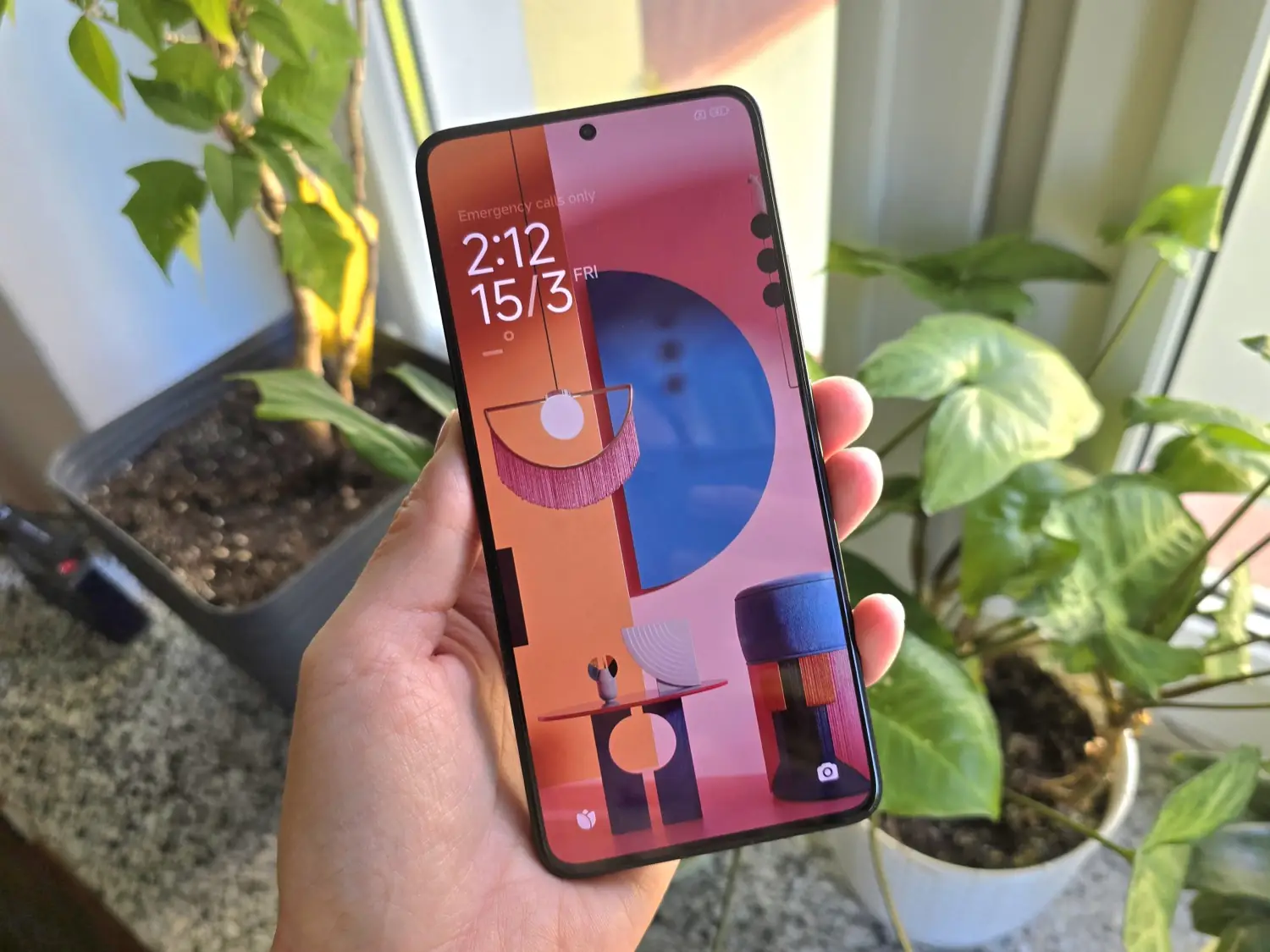
What sets the test model apart is its 3K resolution (1440×3200) and peak brightness, which can reach up to an impressive 4000 nits! Overall, the picture is not only super sharp, bright, vibrant, and smooth (with a refresh rate of up to 120Hz), but also easily readable even in direct sunlight. The impressions are overwhelmingly positive—almost to the point of excitement.
The display settings include two refresh rate modes: standard (dynamic) and customizable (with options for 60 or 120Hz). In dynamic mode, the smartphone automatically adjusts the refresh rate depending on the usage scenario.
In the settings, you can enable advanced effects in the interface, adaptive color tone mode (depending on the lighting), and an e-book mode (monochrome tones). Various color schemes are also available. By default, it’s set to “Original Colors Pro.” There are also two vivid modes—constant and content-dependent—and manual adjustments (where you can select the P3 or sRGB color palette, color space, tone, saturation, contrast, etc.). Additionally, you can choose color temperature settings—standard, warm, cold, or a custom option.
It’s worth noting that by default, the phone operates in Full HD+ mode. You need to enable full resolution in the settings. Many users may not notice much of a difference, so you can stick with Full HD, which also helps extend battery life a bit.
Additionally, the smartphone supports the Always On Display feature, which allows you to display information on the screen even when it’s in sleep mode. There are quite a few settings available for customization.
Hardware and performance
The POCO F6 Pro is powered by last year’s flagship chipset, the Qualcomm SM8550-AB Snapdragon 8 Gen 2. This is an 8-core chip manufactured using 4-nanometer technology. It includes 1 Cortex-X3 core clocked at 3200 MHz, 2 Cortex-A715 cores clocked at 2800 MHz, 2 Cortex-A710 cores also clocked at 2800 MHz, and 3 Cortex-A510 cores clocked at 2000 MHz.
Why not Snapdragon Gen 3? Because it’s not a flagship, it’s a flagship killer. And the performance of last year’s top model will last for many more years.
By the way, the younger brother of the hero of the review, POCO F6, received a newer Snapdragon 8s Gen 3 chip. The letter “s” here means that it is still a level below the usual “three”. In benchmarks, the 8 Gen 2 and 8s Gen 3 produce almost identical results, but last year’s top model still stands out with a more powerful Adreno 740 graphics chip, which is important not only for games but also, for example, for working with photos and videos (and that’s why the Pro model writes 8K video and supports HDR during recording, while the junior model does not).
We received the maximum version with 16 GB of RAM and 1 TB of storage. The modules are modern and fast—LPDDR5X and UFS 4.0. Other available versions include 12/256 GB and 12/512 GB.
In the settings, there’s an option to expand RAM using the internal storage (you can add 4, 6, or 8 GB, with 6 GB selected by default), but this feature is unlikely to be needed for this model.
As for performance, we’re looking at a full-fledged flagship level here. The phone is fast in any tasks and can handle any games at maximum settings. Sometimes it even seems to me that it completes tasks faster than I give them to it! There are no issues with overheating either; even during benchmarks, the heating of the device was minimal.
Read also: POCO X6 Pro smartphone review: It came to conquer… a niche
Sound
The smartphone is equipped with a speaker on the bottom panel, while the earpiece serves as the second speaker. The sound is excellently balanced, deep, voluminous, and even slightly bass-heavy. It supports Hi-Res Audio and all relevant codecs (aptX HD, aptX Adaptive, LHDC).
In the settings, you’ll find audio effects like Dolby Atmos, an equalizer, and even an option for spatial sound.
I’ll add that the model offers very thoughtful haptic feedback; soft vibrations provide pleasant sensations when using the phone. And not only in menus but also in games!
Data transfer
POCO F6 offers all the useful wireless features and technologies: LTE/5G (eSIM, unfortunately, is absent), Bluetooth 5.3, dual-band Wi-Fi 802.11 a/b/g/n/ac/6e. Additionally, there’s NFC, which allows you to make contactless payments. Location tracking technologies include GPS, GALILEO, GLONASS, QZSS, BDS (B1I+B1c).
Read also: POCO M6 Pro Review: Functionality For Decent Price
Cameras
The photographic capabilities of our phone are as follows:
- Main module 50 megapixels, f/1.6, 1/1.55″, 1.0 µm, PDAF, OIS
- Ultra-wide-angle module 8 megapixels, 1/4.0″, 1.12 µm
- Macro module: 2 megapixels
- Front camera: 16 megapixels
Essentially, the main differences from the younger P6 are only in the parameters of the main module (slightly larger sensor size), the presence of a macro module, and a different resolution of the front camera.
In good lighting conditions, the phone takes excellent photos, there’s nothing more to elaborate on. Excellent clarity, natural color reproduction, sharp colors, good dynamic range, etc. Take a look at some examples:
Available is the portrait mode with a delicately blurred background (the level of blur can be adjusted).
In low light conditions, there are no issues either – the clarity is top-notch, there are no noises or blurriness. Manually activating the night mode is not necessary; it activates automatically when needed. The only thing is, it’s better not to put the phone down immediately after taking a photo because the shot may blur – give it another second for processing.
In good light, the wide-angle lens is as good as the main lens, but in the evening it lacks light, but this is not a critical problem. These are examples, the wide angle is on the right:
I also have to mention the good zoom (for a digital one, as we don’t have a telephoto lens). Up to 5x, everything is good; then the quality noticeably drops, but still, you can zoom in and distinguish license plates, some signs, or shields. Here are the examples – 1x, 2x, 5x, 10x:
The 2 MP macro lens here is more about “quantity” rather than quality, as in many mid-range phones. It’s difficult to capture high-quality clear shots with it, but the results are still better than those of competitors:
When it comes to selfies, there are no complaints; the front camera takes good shots, with available beauty mode options, and there’s also a portrait mode.
The POCO F6 Pro records video in formats like 8K@24fps, 4K@24/30/60fps, 1080p@30/60/120/240/960fps, 720p@1920fps. However, at first, I was surprised because I couldn’t find the option to switch to 60 fps. It turned out to be simple—you need to turn off HDR (by tapping on the corresponding icon), and then all options become available. HDR allows achieving a perfect balance between dark and light areas of the frame, but it’s not necessary in good lighting conditions. The video quality is excellent, with no noise, great detail, and even at night, the quality doesn’t drop significantly. Only in 8K mode, there might be some flickering in the image, but I don’t see the point of shooting in this format—there’s not much to watch, and the files are too large. Here are all the video examples I captured:











The camera settings are understandable, but they may not be necessary for everyone. I say this because they are more likely to be used by experienced users who want to improve the quality of their photos.
Here we find functions such as smart tips, automatic night mode toggling, orientation notifications, HEIF format, video stabilization, encoder, HDR10+ option, off-screen recording, geotagging, and more. In the camera app itself, the standard options include: Pro, document, video, portrait, night mode, panorama, full resolution 50 MP, slow motion, time-lapse mode, and so on.
Read also: Xiaomi 13T Pro Smartphone Review
Software
The smartphone runs on Android 14 with the new HyperOS interface. The predecessor of HyperOS is MIUI, so for users of Xiaomi smartphones, getting acquainted with the new system will not be difficult. Perhaps some icons and the arrangement of certain menu items may seem unfamiliar, but overall, everything is practically the same.
 By the way, HyperOS offers a multitude of customization options, such as for the lock screen. There are several design options, each with its own clock style and Always On display. There’s also a new system-wide font. They’ve improved the multi-window interface, and overall management has become more intuitive.
By the way, HyperOS offers a multitude of customization options, such as for the lock screen. There are several design options, each with its own clock style and Always On display. There’s also a new system-wide font. They’ve improved the multi-window interface, and overall management has become more intuitive.
In addition to the pre-installed Google apps, the manufacturer offers a plethora of its own. There’s a gallery, music player, video app, file manager, phone cleaning app, and browser, among others.
Some of the apps I would label as “bloatware,” meaning unnecessary. Additionally, they send unwanted notifications.
Battery life
The POCO F6 Pro is equipped with a 5000 mAh battery, a standard capacity for this price segment. It comes with a 120W charger in the box.
In the settings, there are several options useful for optimizing the charging process. For example, there are three battery protection modes: normal, optimized, and limited to 80% to preserve battery health. There are also several charging modes: high performance, balanced, energy-saving, and inefficient. And fast charging needs to be activated separately.
The manufacturer claims that the phone charges from 0 to 100% in 18 minutes. We timed it, and it took 19 minutes. It reached 100% in approximately 40 minutes. Excellent. There is no wireless charging, but this can be a cost-saving feature.
Conclusions
As I mentioned in the headline — flagships priced at $1000+ aren’t necessary when there are mid-range options like this. The POCO F6 Pro runs on a top-tier chipset and delivers uncompromising performance. It boasts a fantastic AMOLED display with brightness up to 4000 nits, long battery life, and super-fast charging. The cameras perform excellently in most conditions; if there’s any nitpicking, it might be regarding the zoom, but not everyone prioritizes that. The sound quality is great, there’s plenty of memory, and the design is stylish, with premium materials used in the construction.
Indeed, the processor isn’t the absolute latest, and there’s no wireless charging, but does that really matter? POCO continues its tradition of offering users a top-tier phone at a reasonable price. Using it is a pleasure — highly recommended!
Read also:
- ASUS ROG Falchion RX Low Profile Gamer Keyboard Review
- Motorola Edge 50 Pro Review: Best in Segment
- ASUS ExpertBook B9 OLED (B9403CVAR) Ultrabook Review













